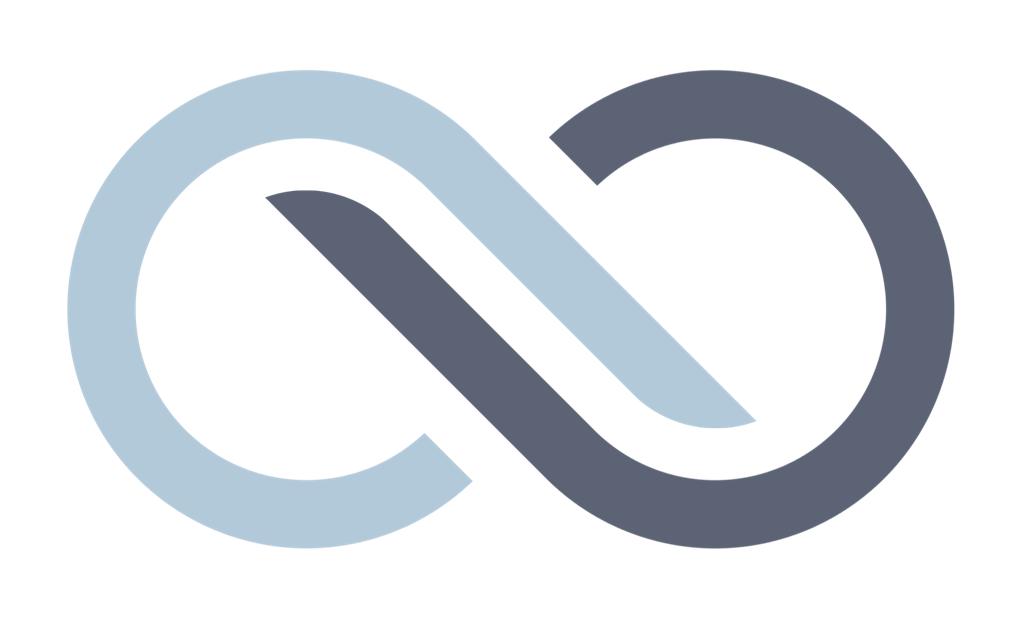
Direct reduced iron (DRI), also called sponge iron, is produced from the direct reduction of iron ore (in the form of lumps, pellets, or fines) to iron by a reducing gas or elemental carbon produced from natural gas or coal. Many ores are suitable for direct reduction.
Reduced iron derives its name from the chemical change that iron ore undergoes when it is heated in a furnace at a high temperature of 800 to 1200 °C in the presence of a reducing gas called syngas which is a mixture of hydrogen and carbon monoxide.
Direct reduction refers to processes which reduce iron oxides to metallic iron at temperatures below the melting point of iron. The product of such solid state processes is called direct reduced iron.
General specifications for DRI (ranges % by weight)Based on 65.5 — 68% Fe Iron Ore |
|
| Metallisation | 92.0 - 96.0% |
| Fe (Total) | 86.1 - 93.5% |
| Fe (Metallic) | 81.0 - 87.9% |
| C | 1.0 - 4.5% |
| S | 0.001 - 0.03% |
| P2O5 | 0.005 - 0.09% |
| Gangue* | 3.9 - 8.4% |
| Size (typical) | 4 - 20 mm |
| Apparent Density | 3.4 - 3.6 t/m3 |
| Bulk Density | 1.6 - 1.9 t/m3 |
